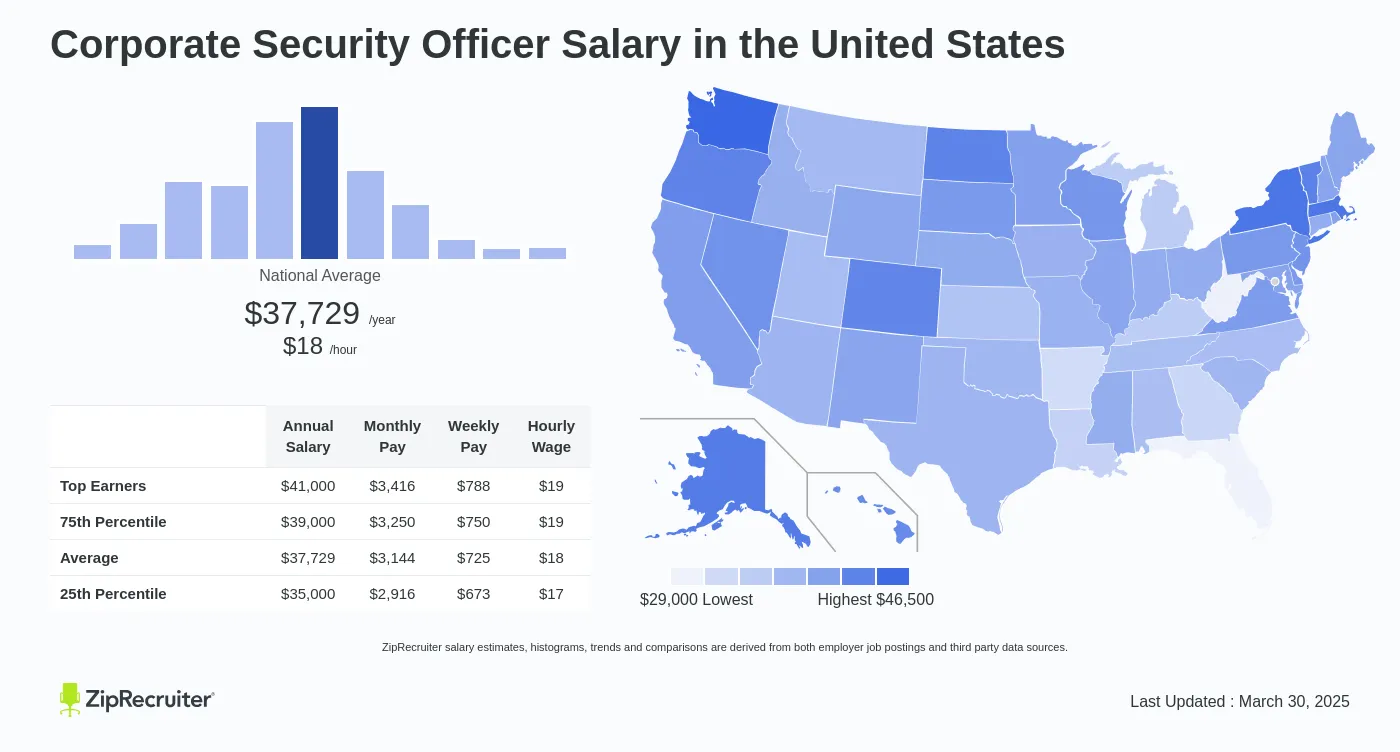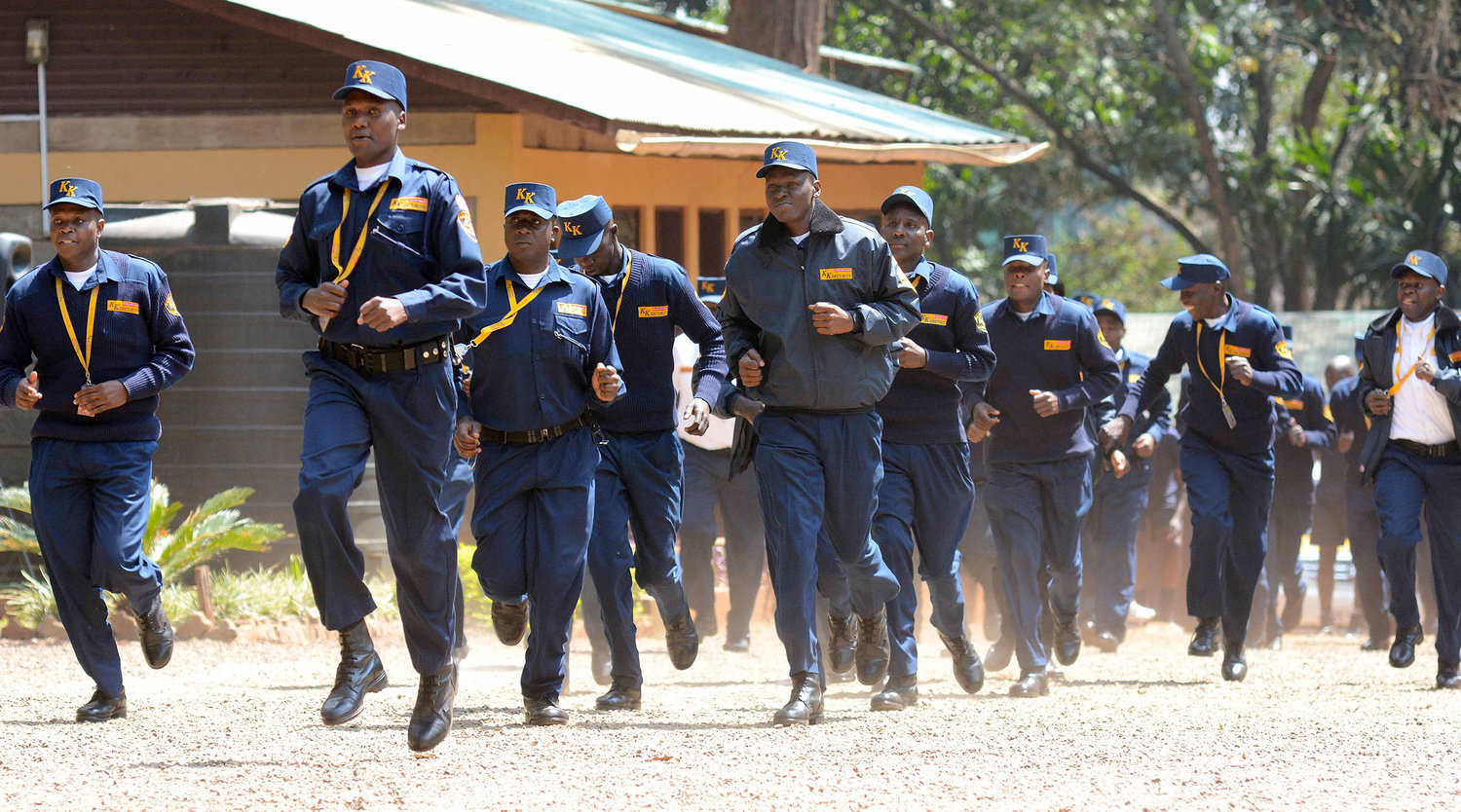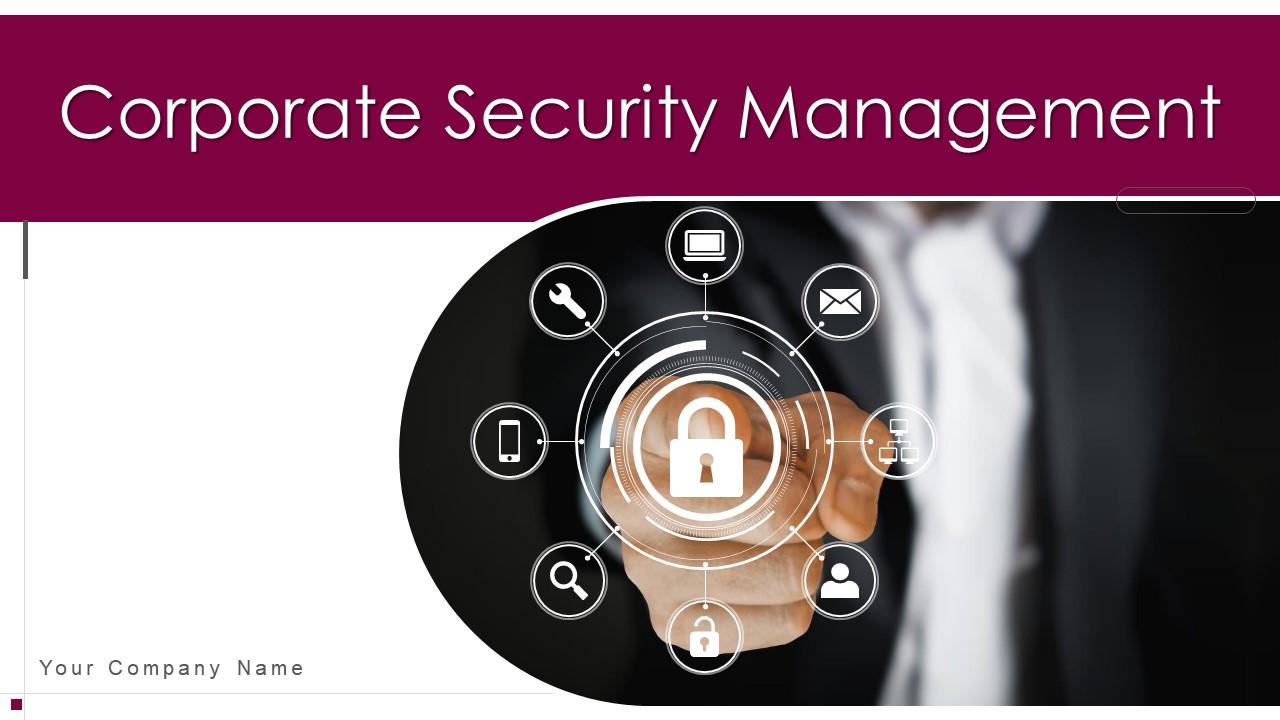Equipping Your Service with Ironclad Corporate Security Procedures
Wiki Article
From Cybersecurity to Physical Actions: Enhancing Corporate Safety in a Transforming Globe
In today's swiftly evolving electronic landscape, the value of business safety can not be overstated. As cyber dangers become progressively advanced and widespread, companies must exceed typical cybersecurity steps to safeguard their possessions and procedures - corporate security. This is where the assimilation of physical safety and security procedures comes to be essential. By incorporating the strengths of both cybersecurity and physical safety, firms can develop an extensive protection approach that addresses the diverse series of hazards they face. In this discussion, we will check out the transforming threat landscape, the need to incorporate cybersecurity and physical security, the implementation of multi-factor verification procedures, the significance of worker understanding and training, and the adjustment of safety actions for remote workforces. By examining these essential areas, we will get useful understandings into just how companies can enhance their business safety in an ever-changing world.Comprehending the Changing Threat Landscape
The evolving nature of the modern-day globe demands a detailed understanding of the altering hazard landscape for efficient corporate security. In today's digital and interconnected age, dangers to company safety have come to be a lot more intricate and advanced. As technology developments and businesses come to be progressively dependent on digital facilities, the potential for cyberattacks, information violations, and other protection breaches has actually significantly boosted. It is crucial for companies to stay notified and adjust their safety measures to attend to these evolving risks.One secret element of comprehending the altering danger landscape is acknowledging the various types of threats that organizations deal with. Additionally, physical threats such as burglary, criminal damage, and business espionage remain widespread issues for organizations.
Tracking and examining the risk landscape is vital in order to determine prospective risks and susceptabilities. This includes staying updated on the most up to date cybersecurity fads, assessing threat knowledge reports, and conducting routine danger evaluations. By understanding the transforming risk landscape, companies can proactively carry out suitable safety and security actions to alleviate dangers and protect their possessions, credibility, and stakeholders.
Integrating Cybersecurity and Physical Safety And Security
Incorporating cybersecurity and physical safety and security is essential for thorough business protection in today's interconnected and electronic landscape. As organizations increasingly depend on technology and interconnected systems, the borders in between physical and cyber dangers are becoming blurred. To properly protect versus these dangers, an all natural method that incorporates both cybersecurity and physical safety measures is vital.Cybersecurity concentrates on safeguarding digital assets, such as systems, networks, and information, from unauthorized gain access to, disturbance, and burglary. Physical safety and security, on the various other hand, incorporates steps to protect physical properties, people, and facilities from susceptabilities and risks. By incorporating these 2 domains, organizations can attend to susceptabilities and threats from both digital and physical angles, therefore enhancing their general safety stance.
The assimilation of these two disciplines allows for a more thorough understanding of safety dangers and allows a unified response to cases. Physical gain access to controls can be boosted by incorporating them with cybersecurity methods, such as two-factor verification or biometric recognition. Likewise, cybersecurity procedures can be matched by physical safety actions, such as monitoring cameras, alarm systems, and safe gain access to factors.

Implementing Multi-Factor Authentication Actions
As organizations progressively prioritize thorough security procedures, one reliable method is the application of multi-factor authentication steps. Multi-factor authentication (MFA) is a safety and security technique that calls for users to offer numerous forms of identification to access a system or application. This strategy includes an extra layer of security by incorporating something the customer knows, such as a password, with something they have, like a safety or a finger print token.By applying MFA, companies can dramatically improve their safety stance - corporate security. Typical password-based verification has its constraints, as passwords can be easily compromised or forgotten. MFA mitigates these dangers by including an added verification variable, making it harder for unauthorized individuals to gain accessibility to delicate details
There are numerous types of multi-factor authentication methods offered, consisting of biometric verification, SMS-based verification codes, and hardware tokens. Organizations need to analyze their details requirements and select the most suitable MFA service for their needs.
Nonetheless, the implementation of MFA ought to be thoroughly planned and performed. It is essential to strike an equilibrium in between safety and usability to prevent individual irritation and resistance. Organizations must likewise consider possible compatibility issues and give appropriate training and support to guarantee a smooth transition.
Enhancing Staff Member Recognition and Training
To strengthen corporate security, companies have to focus on enhancing worker understanding and training. In today's rapidly advancing risk landscape, employees play an essential duty in protecting an organization's delicate info and assets. Regrettably, numerous security violations happen as a result of human error or absence of understanding. For that reason, companies require to invest in thorough training programs to educate their workers about potential risks and the most effective practices for reducing them.Effective employee recognition and training programs need to cover a vast array of topics, including data security, phishing assaults, social design, password health, and physical protection measures. These programs should be customized to the specific needs and responsibilities of various staff member roles within the organization. Regular training simulations, workshops, and sessions can aid staff members develop the necessary skills and expertise to recognize and react to safety risks efficiently.
In addition, organizations ought to motivate a culture of protection understanding and provide ongoing updates and suggestions to maintain employees informed concerning the most up to date risks and reduction strategies. This can be done with internal interaction channels, such as e-newsletters, intranet portals, and e-mail campaigns. By cultivating a security-conscious workforce, companies can substantially decrease the chance of safety incidents and secure their useful assets from unauthorized access or concession.

Adapting Protection Actions for Remote Workforce
Adapting business safety actions to fit a remote workforce is important in making sure the defense of delicate information and possessions (corporate security). With the boosting fad of remote job, companies need to apply appropriate security measures to mitigate the risks related to this brand-new means of functioningOne vital facet of adjusting protection actions for remote job is developing protected interaction networks. Encrypted messaging platforms and virtual private networks (VPNs) can help protect sensitive information and protect against unapproved gain access to. Furthermore, companies must impose using strong passwords and multi-factor authentication to improve the safety and security of remote access.
Another vital factor to consider is the execution of safe remote gain access to services. This entails supplying staff members with safe access to company sources and information through virtual desktop computer infrastructure (VDI), remote desktop procedures (RDP), or cloud-based solutions. These technologies make certain that delicate details continues to be safeguarded while enabling staff members to do their roles properly.

Finally, detailed security awareness training is vital for remote staff members. Educating sessions must cover best practices for safely accessing and managing sensitive YOURURL.com info, determining and reporting phishing efforts, and preserving the general cybersecurity health.
Final Thought
In verdict, as the threat landscape remains to develop, it is important for organizations to enhance their safety and security determines both in the cyber and physical domains. Integrating cybersecurity and physical safety and security, executing multi-factor verification measures, and boosting staff member recognition and training are crucial actions towards achieving durable company safety. Furthermore, adjusting protection procedures to fit remote workforces is crucial in today's altering world. By applying these procedures, companies can alleviate risks and protect their beneficial properties from prospective threats.In this discussion, we will certainly explore the transforming hazard landscape, the requirement to integrate cybersecurity and physical safety, the implementation of multi-factor verification procedures, the importance of worker awareness and training, and the adjustment of security steps for remote labor forces. Cybersecurity steps can be enhanced by physical security procedures, such as security electronic cameras, alarms, and safe accessibility points.
As organizations progressively focus on extensive protection best site measures, one efficient approach is the execution of multi-factor verification measures.In final thought, as the danger landscape proceeds to advance, it is essential for companies to reinforce their security measures both in the cyber and physical domain names. Integrating cybersecurity and physical safety, applying multi-factor verification measures, and enhancing staff member awareness and training are vital actions in the direction of accomplishing durable business safety and security.
Report this wiki page